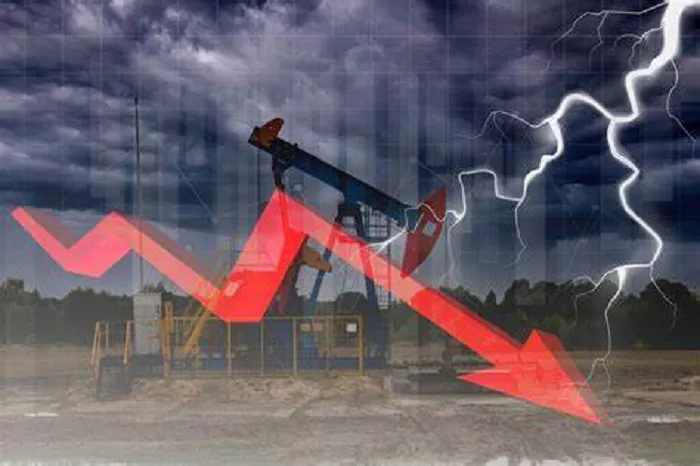Oil prices surged to their highest levels in nearly three months, supported by a broader risk-on sentiment in global markets. Brent crude hovered just below $77 a barrel on Monday after reaching its highest point since October 14, while West Texas Intermediate (WTI) traded near $74.
Asian equity markets fluctuated following Wall Street’s rebound from a five-day losing streak, adding to the bullish tone. Last week, both crude benchmarks broke past their 100-day moving averages, exiting a narrow trading range that had persisted since mid-October.
Traders now await Saudi Arabia’s official pricing announcement, with Middle Eastern oil grades experiencing strong demand. Asian refiners have increasingly turned to alternatives like Dubai crude as barrels from Iran and Russia have become scarcer and more expensive due to geopolitical constraints.
“The market seems to be driven by Middle Eastern physical oil dynamics,” noted Warren Patterson, head of commodities strategy at ING Groep NV. He pointed out that Dubai crude is trading at a premium to Brent, driven by reduced flows from Iran and Russia, prompting Asian buyers to seek other sources.
Despite the recent rally, Morgan Stanley analysts, led by Martijn Rats, suggest Brent crude will likely stabilize around $70 per barrel. In a report dated January 5, the bank forecasted a global surplus of approximately 700,000 barrels per day in 2025, as supply from OPEC and non-OPEC producers is expected to outpace demand growth.
Concerns over oversupply, the potential revival of idled OPEC+ production, and tepid demand from China—the world’s largest importer—have tempered bullish expectations. However, this has been counterbalanced by geopolitical uncertainties, including heightened unpredictability as former U.S. President Donald Trump prepares to return to the White House later this month.
The interplay of supply pressures, shifting demand patterns, and geopolitical factors will likely keep oil markets volatile as 2025 unfolds.
Related topics:
Oil Prices Rally Amid Stimulus Hopes and Global Economic Uncertainty
USD/INR Surges as Indian Rupee Falters


